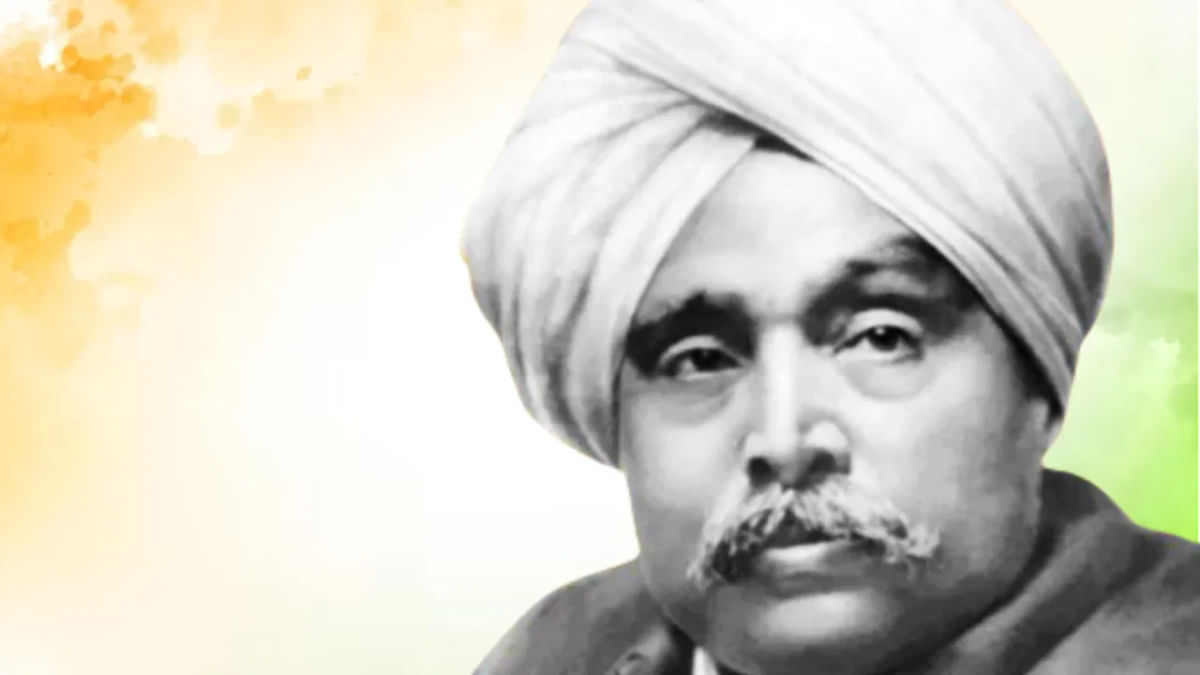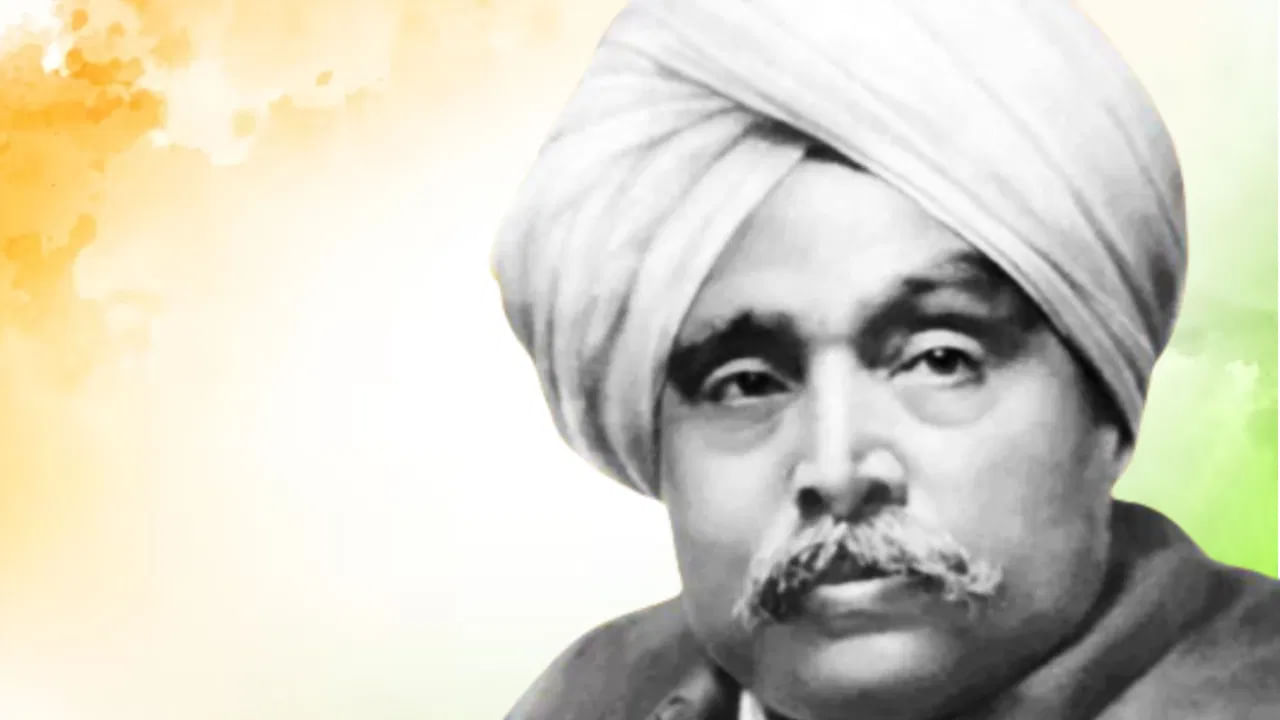[ad_1]

Photo Credit: tv9hindi.com
‘Every lathi on my body will act as a nail in the coffin of the British government’… Lala Lajpat Rai said this when the British soldiers lathi-charged him and he was badly injured. It was on 30 October 1928, a massive demonstration was taking place in Lahore against the Simon Commission, in which Lalaji was also present.
The British police lathi-charged the protestors and in this lathi-charge Lajpat Rai was badly injured. What he said at that time about putting a nail in the coffin of the British government for every stick on his body proved to be right and within 20 years of Lala Lajpat Rai’s sacrifice, the British sun set.
In fact, on 8 November 1927, the British constituted the Simon Commission to study constitutional reforms in India. Seven British Members of Parliament were included in this commission, the main purpose of this commission was to investigate the Montague Chelmsford Reforms. The Simon Commission came to India on 3 February 1928. It did not have a single Indian member, due to which the entire country, including the Indian National Congress, strongly opposed it and raised slogans like Simon Commission should go back. Along with the Congress, the Muslim League also participated in this movement against the Simon Commission.
Decision to protest across the country
Congress has decided to hold peaceful protests across the country under the leadership of Mahatma Gandhi. The slogan of Simon Go Back began to echo across the country. Lala Ji took responsibility for this strike in Punjab. In Lahore, Punjab when Lala Lajpat Rai protested against the Simon Commission and showed his protest by displaying black flags. Angered by this, the British police lathi-charged the protesting crowd, led by Lala Lajpat Roy.
Lalaji was seriously injured in this lathi charge led by SP James A Scott of Lahore Police. After this, Lala ji continued to fight for life and death for 18 days in the hospital and he breathed his last on 17 November 1928.
On hearing the news of Lala Lajpat’s death, a wave of mourning spread across the country. Lala Lajpat Rai became the voice of Punjab due to his powerful speeches. The people of Punjab respected him a lot. This was the reason why Bhagat Singh and his fellow revolutionaries decided to avenge the death of Lal Lajpat Raiji.
Revenge plan
Bhagat Singh along with Sukhdev, Rajguru and Chandrasekhar Azad to take revenge against the British police officer James A. Planned Scott’s murder. But due to a mistaken identity, instead of Scott, Bhagat Singh and Rajguru shot another police officer, John P. Saunders, then SP of Lahore.
Both of them shot him dead on 17 December 1928 when he was coming out of the district police headquarters in Lahore. After being shot, Chandrasekhar Azad helped them escape.
The country’s first indigenous bank opened
Lala Lajpat Rai was a very special freedom fighter, who was also a politician, historian, lawyer and writer. They are also known as Punjab Kesari. He was a prominent leader of the radical group of the Congress. Lala of the famous trio Lal-Bal-Pal of his time not only contributed to the freedom movement while alive, but his death also helped inspire the youth of the country to fight.
Lala Rajpat Rai was born on 28 January 1865 in an Agarwal family in Moga district of Punjab, his father Munshi Radhakrishna Azad was a teacher of Urdu. He studied law. During this period, he came in contact with the Arya Samaj and then became a prominent member of the Congress at its founding in 1885.
Lala Lajpat Rai was a freedom fighter as well as a social reformer, he did special work in education. For social service, he joined Dayananda Saraswati, who founded the Arya Samaj. Lala Ji played an important role in the establishment of Arya Samaj in Punjab. Apart from this, Lala Lajpat Rai gave the first indigenous bank to the country. He founded Punjab National Bank in Punjab, spread Dayanand Anglo Vedic Schools i.e. DAV Schools across the country.
[ad_2]
